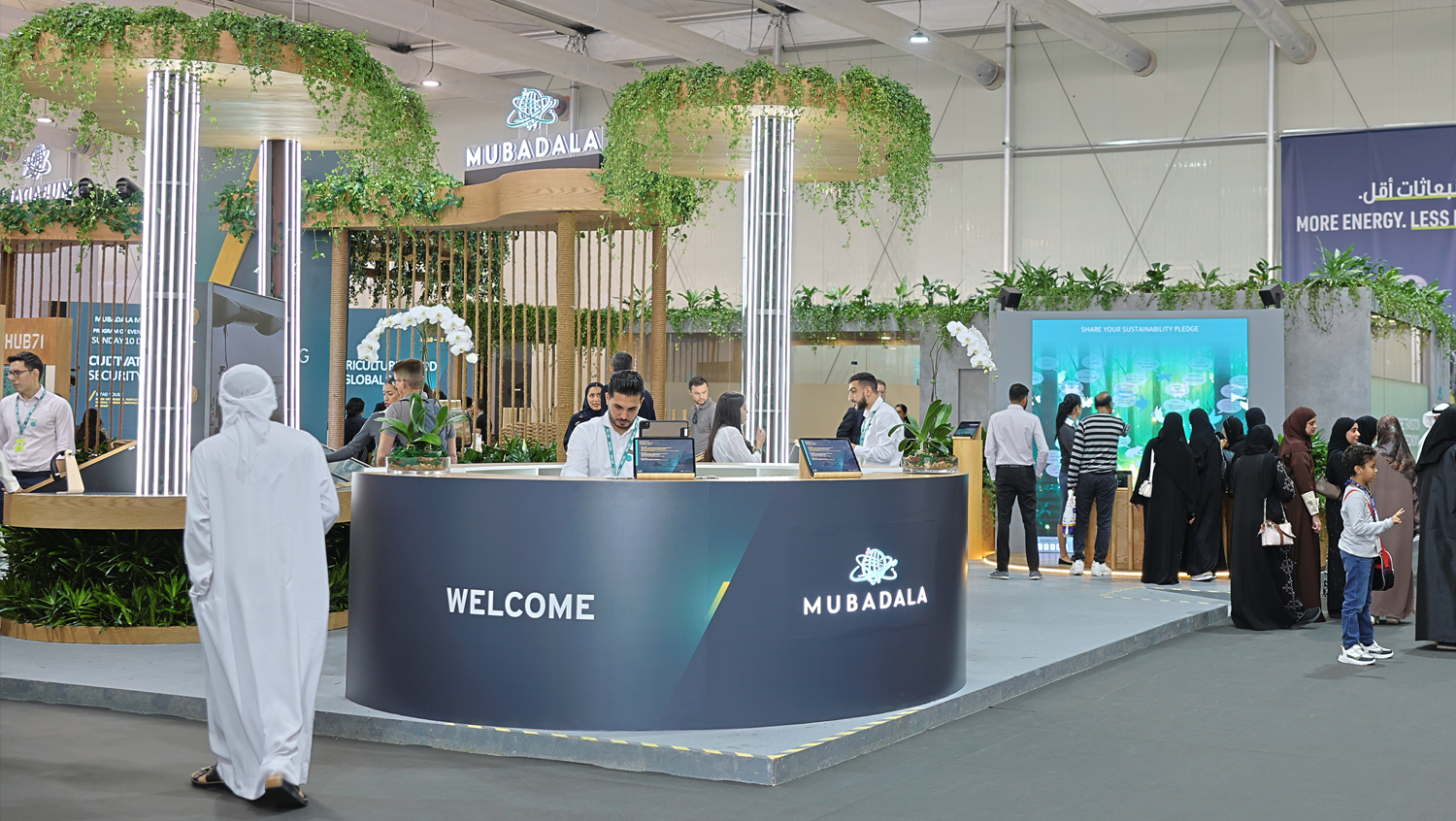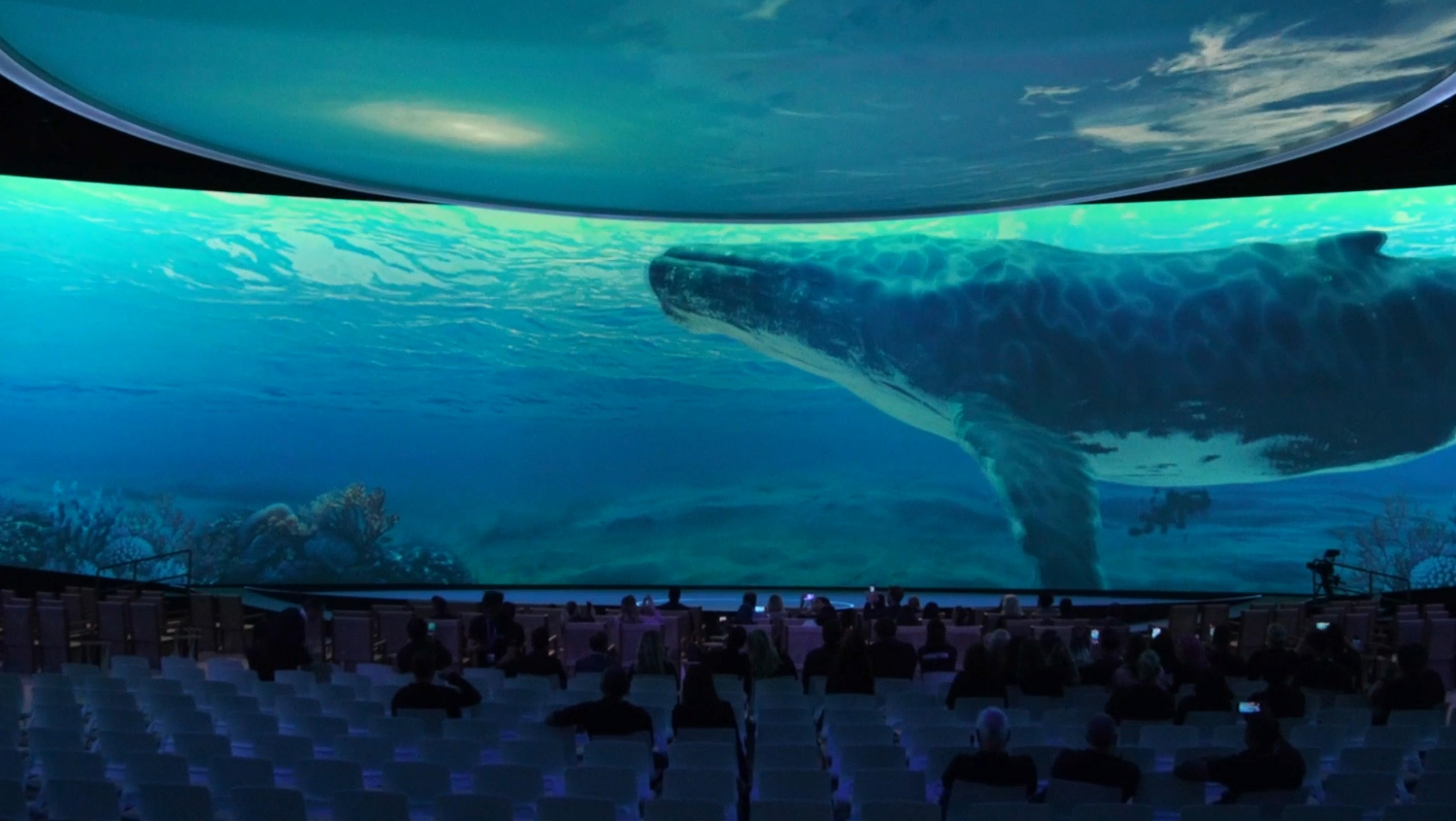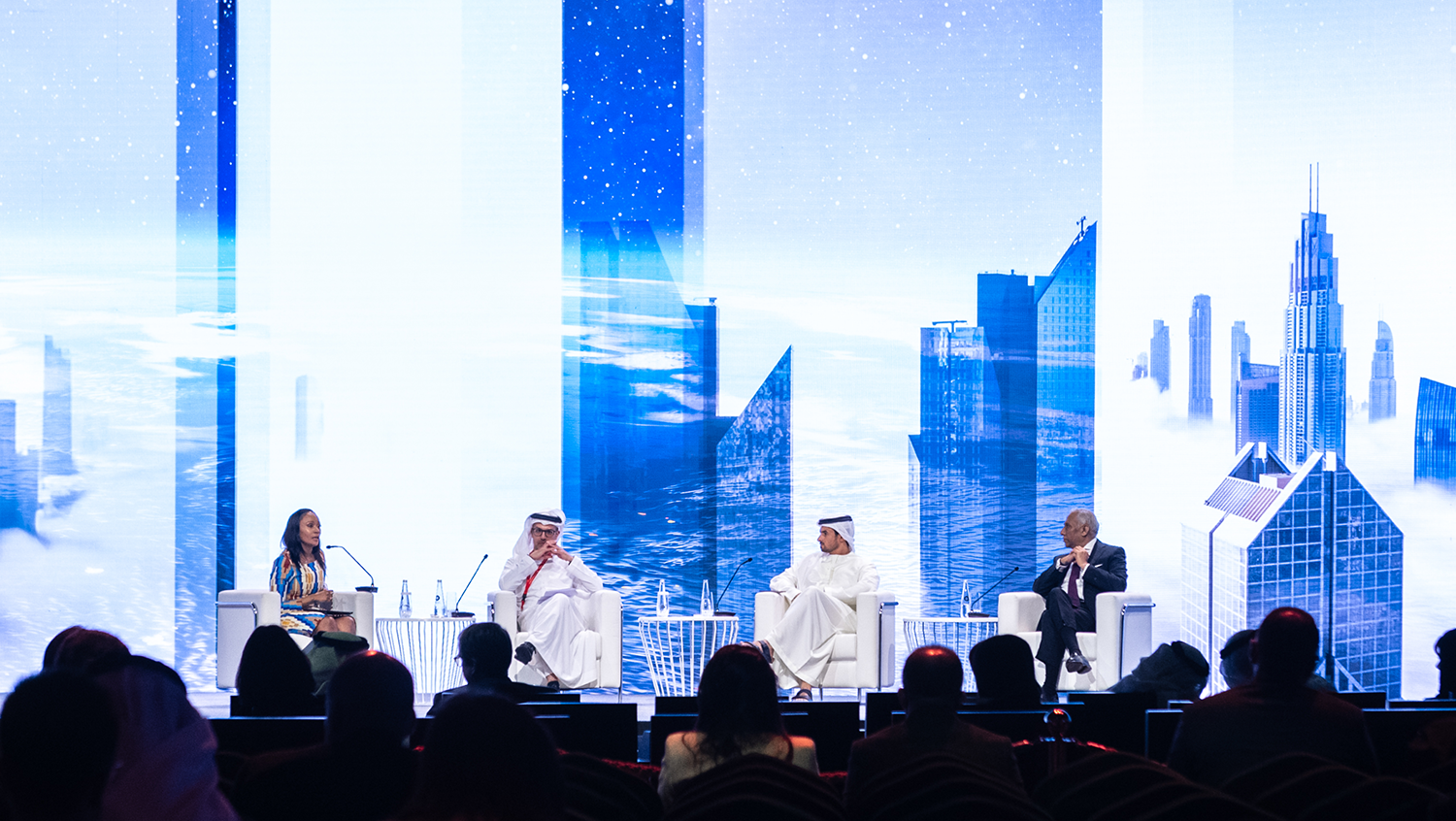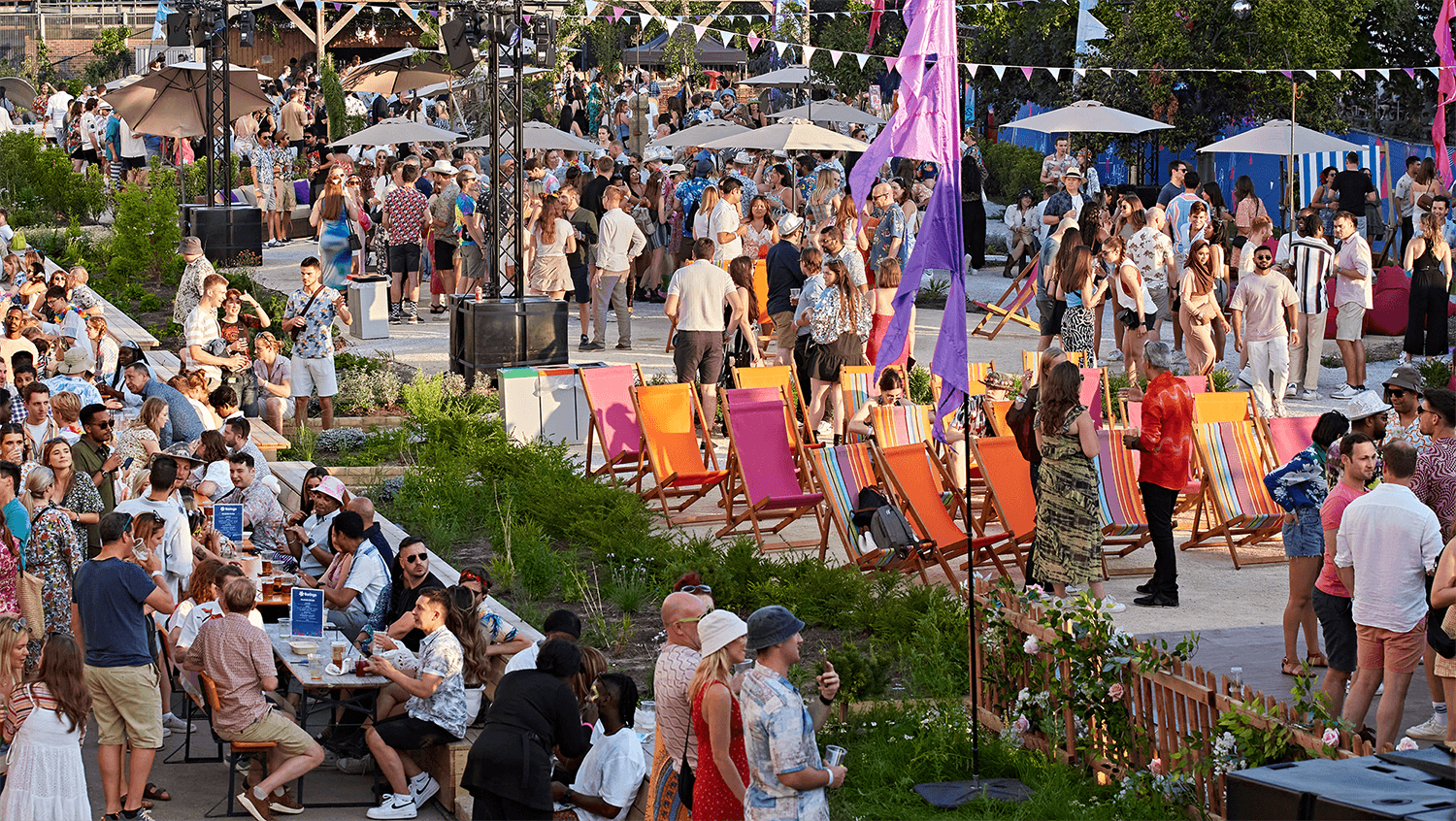Gamifying Your Exhibit: Fun Experiential Marketing
If you are a regular visitor to exhibition halls during live show periods it can sometimes be a relatively monotonous experience. Collecting brochures, branded pens, USB drives and talking to company representatives is often time-consuming and tedious. One of the key difficulties of any show or event organiser is ensuring that attendees are engaged, networking well and essentially learning from your offering.
One of the newest and fastest-growing ideas being introduced into events and stand design is gamification. This is the idea of ‘’introducing game mechanics and game design into non-game contexts’’. The introduction of fun and gameplay into the event/show scenario automatically creates a more immersive and engaging environment. Furthermore, it allows for fun interaction with your brand which leaves a longer lasting impression that could potentially bring a real USP to your stand.
So how do you integrate this gamification into your show/event?
The world we live in is already gamified, we just don’t realise it. From airline loyalty points programmes clocking up valuable air miles, to wearable fitness trackers collecting points for every step you take. Within all of this, if the element of fun can be injected somehow, the process and level of engagement will be greatly increased.
Technology is playing a huge part in the recent surge in gamification due to rapid advances in smartphone tech, wireless communication, social media and software apps with mobile devices playing a pivotal role. Companies are embracing these new tools to push footfall, generate leads and raise brand awareness with relatively minimal cost. Bespoke apps and content can be produced with specifically brand relevant content to occupy and entertain the participants which further reinforce your brand. There are apps that have been created specifically for the events industry. Gamify is an app that has been specifically made to gamify your entire event with components to transform your standardised presentations and show reels with polls and social media integration. Prizes can be given to people reaching out on the app or various social media feeds with live leader boards showing the most prolific users.
Augmented and virtual reality is gaining some huge headway recently and is being used more and more at trade shows and events. High-end devices such as HTC Vive and Oculus Rift are now in competition against the far more cost effective Samsung Gear, Google Daydream and the super basic Google Cardboard. These are an incredibly effective ways to engage and bring your brand to life, ideally through custom content. This can also be relayed on large screens, iPads and tablets to allow for even more audience participation and standout.
In terms of experiential events, the gamification mechanic can be introduced far earlier in the planning process. This has spurred a huge rise in campaigns from organisations able to capitalise on the connected world we live in with a slightly blurry line between PR stunt and experiential activity. The game mechanic that’s introduced must have some connection to the product or service you provide. It seems the more integrated this is, the more successful the event will be. There have been many events recently by various organisations which have stood out from the crowd and since gone viral.
One example was T-Mobile, who in order to push their sales in smartphones drew on the phenomenal worldwide success of mobile game Angry Birds. They built a life-size version of the game in a square in Barcelona and could be controlled from a single mobile phone. With a carnival atmosphere, multiple filming angles and a clever bit of editing, the show reel has amassed over 20 million views online and at the time pushed sales of both smartphones and Angry Birds. Also joining the buzz has been the car manufacturer Smart who wanted to do away with the preconception that electric cars are slow and not much fun to drive. They did this by demonstrating the surprisingly powerful acceleration of their electric drive vehicles through The Pong Test Drive. This project used one of the world’s first arcade games and pitted two real life Smart cars against each other in a giant game of Pong. The drivers were seen accelerating and reversing their cars which represented paddles on a giant screen in front of them. Half a million people watched the game during the 10 day activation, with eleven thousand people registering to receive further information from Smart regarding their products.
One exceptional piece of experiential gamification was the D Rose Jump Store. All that was required in this pop-up shop was as Adidas put it ‘’commitment and sweat’’. The participants were asked to jump to reach a free pair of special edition trainers on a shelf 10 feet in the air. Based in a rundown community centre in Hackney London, the event was headed up by international basketball star Derrick Rose. The 2hr activity was only promoted in local sports centres and open basketball courts on the same day as the event took place. This setting was very much the urban environment and demographic that Adidas wanted to focus on for this particular event. On a much smaller scale, a recent experiential activity by Spontex, who produce household cleaning products, sought to promote their new Full Action and Express System whilst gamifying and generating enthusiasm for a previously low-interest product category. The Urban Curling Challenge swapped the icy floor of the traditional curling area for a kitchen floor and curling brooms for Spontex mops. Two contestants were pitted against each other to clean their runway area in the quickest time and bonus points for curling the skating stone into the target. The aim was to get their photo on a leader board and potential £200 cash or experience prize and lots of Spontex giveaways. Touring around 6 major UK cities during the summer in shopping centres and outdoor spaces, local stores completely run out of stock during the days the activity was taking place.
With every game, however, you must be able to quantify, reward and recognise the participants as there has to be a winner and a loser somewhere. With giveaways being a staple of exhibition activity, some companies are taking a more focused approach, especially when it comes to footfall. One example is RFID technology. RFID (radio frequency identification) uses electromagnets to track and store information. These have been integrated into exhibition wrist badges and are proving to be a very useful tool regarding data capture and footfall. With Beacons and RFID Points within the hall, delegates can navigate around the show amassing points with every stop they make with exhibitors, all the while their progress being logged and charted onto a leaderboard for prizes and giveaways. A treasure hunt for the 21st century.
All these examples of gamification leave a far longer lasting brand impression on the potential consumer, incentivise participation and engagement. This will hopefully lead the way to more business connections and sales.








